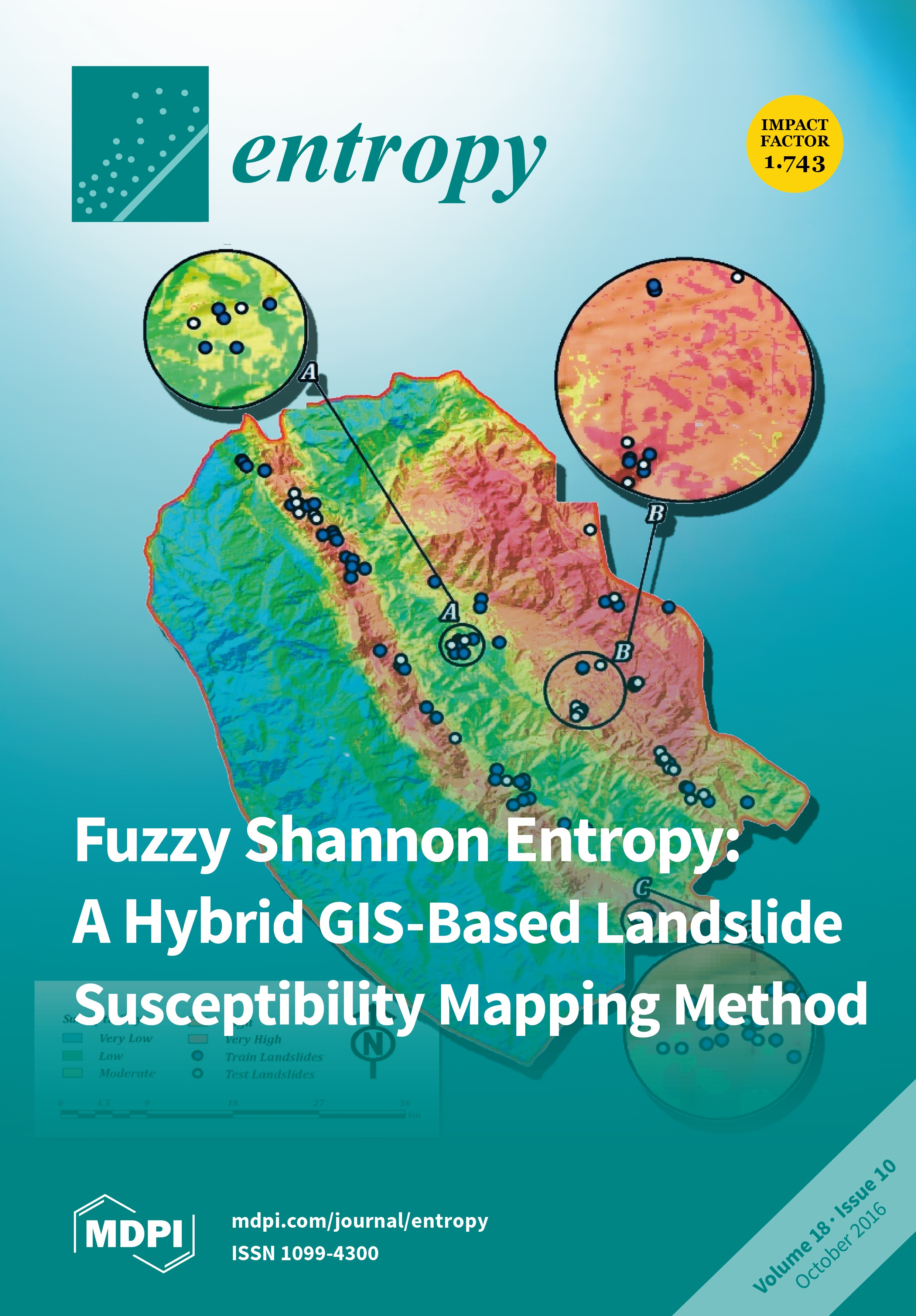A three-dimensional model of binary chemical reactions is studied. We consider an ab initio quantum two-particle system subjected to an attractive interaction potential and to a heat bath at thermal equilibrium at absolute temperature
. Under the sole action of
[...] Read more.
A three-dimensional model of binary chemical reactions is studied. We consider an ab initio quantum two-particle system subjected to an attractive interaction potential and to a heat bath at thermal equilibrium at absolute temperature
. Under the sole action of the attraction potential, the two particles can either be bound or unbound to each other. While at
, there is no transition between both states, such a transition is possible when
(due to the heat bath) and plays a key role as
approaches the magnitude of the attractive potential. We focus on a quantum regime, typical of chemical reactions, such that: (a) the thermal wavelength is shorter than the range of the attractive potential (lower limit on
T) and (b)
does not exceed the magnitude of the attractive potential (upper limit on
T). In this regime, we extend several methods previously applied to analyze the time duration of DNA thermal denaturation. The two-particle system is then described by a non-equilibrium Wigner function. Under Assumptions (a) and (b), and for sufficiently long times, defined by a characteristic time scale
D that is subsequently estimated, the general dissipationless non-equilibrium equation for the Wigner function is approximated by a Smoluchowski-like equation displaying dissipation and quantum effects. A comparison with the standard chemical kinetic equations is made. The time
τ required for the two particles to transition from the bound state to unbound configurations is studied by means of the mean first passage time formalism. An approximate formula for
τ, in terms of
D and exhibiting the Arrhenius exponential factor, is obtained. Recombination processes are also briefly studied within our framework and compared with previous well-known methods.
Full article






